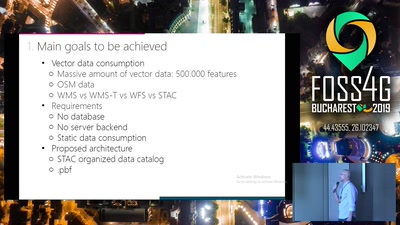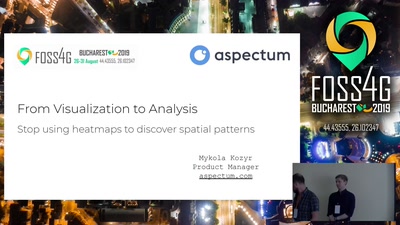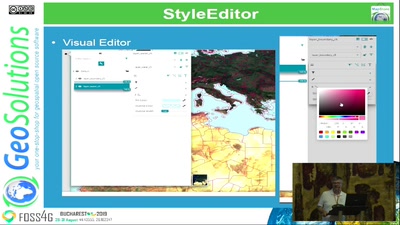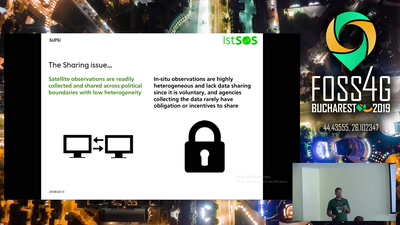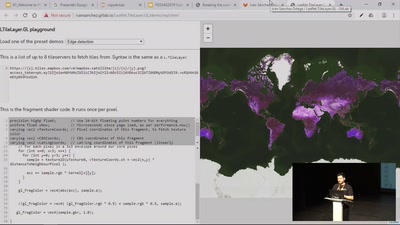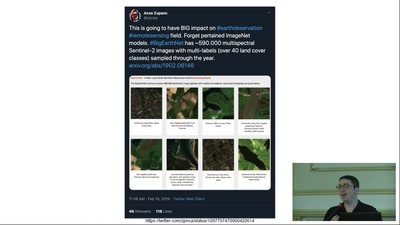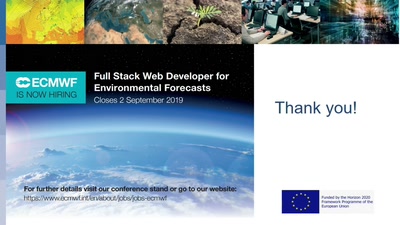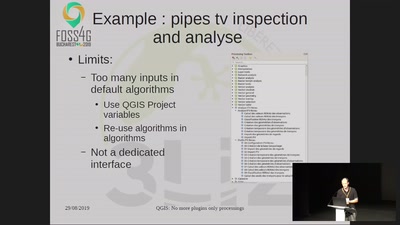Copernicus offers, besides the well-known Sentinel satellite data, a wealth of domain-specific open environmental data sets, e.g. data on climate, wildfires, air quality, floods.
One of the most popular data set useful for many environmental applications is the climate reanalysis ERA5 produced from the European Centre for Medium Range Weather Forecasts (ECMWF). Improvements in the spatial and temporal resolutions lead to an increase of the entire data volume up to 5 PBs. Additionally to the sheer amount of data, meteorological and climate data have a certain complexity, especially for “non-expert” users, as data can have up to five dimensions and two time dimensions.
The current situation shows that a full, free and open data policy is one important prerequisite, but the key to fully unleash the potential is making the data ‘accessible’. If open data is not accessible, it becomes open data that is locked away in large data silos.
However, making meteorological and climate data “accessible” means more than just improving data access. It requires improvements and developments along the entire data processing chain, including the development of example workflows and reproducible training materials as well as developing / enhancing mainstream open-source software tools. In this context, the FOSS4G spirit is vital.
This talk puts the spotlight on open meteorological and climate data. Current ‘accessibility’ challenges and future needs will be discussed in order to make open meteorological and climate data better accessible to everyone.
None

